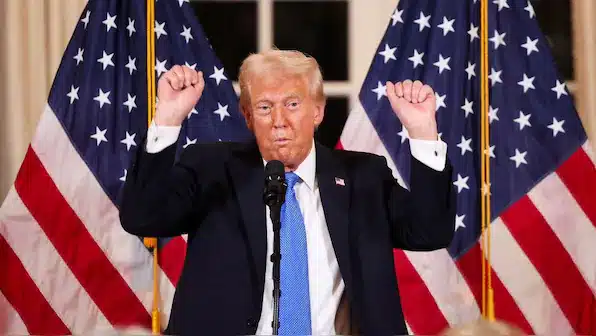Impact of Trump Tariffs on Global Companies: Identifying the Most and Least Affected Countries, Including India’s Position

The United States has unveiled a comprehensive overhaul of its global tariff rates, targeting various nations and the European Union. This significant policy shift, enacted through an Executive Order by President Donald Trump, introduces tariffs ranging from 10% to over 41%. The new rates are influenced by factors such as geopolitical risks, economic relationships, and trade volumes. The revised tariffs will take effect on August 7, leaving no grace period for implementation.
Countries Facing Steep Tariffs
Under the new tariff regime, several countries will experience substantial increases in their trade levies. Nations such as Syria, Laos, and Myanmar will face the highest tariffs, set at 41% and 40%, respectively. These steep rates reflect concerns over geopolitical stability and trade imbalances. Switzerland and Serbia are also included in the high-tariff category, primarily due to issues related to financial transparency and trade circumvention. Iraq and Libya are subjected to penalties linked to their political instability and energy trade patterns. The complete list of countries affected by these high tariffs illustrates the U.S. government’s focus on national security and economic alignment in its trade policies.
Countries with Lower Tariffs
Conversely, some countries have managed to negotiate lower tariffs or are viewed as less problematic by U.S. authorities. Brazil, the Falkland Islands, and the United Kingdom are among those facing a minimal tariff of 10%. This lower rate signals ongoing diplomatic relations and trade cooperation. Additionally, the European Union will see tariffs ranging from 15% to 0%, depending on existing U.S. tariffs. Smaller nations with limited trade volumes or compliant practices have been assigned a baseline tariff of 15%. Countries not specifically mentioned in the Executive Order will also be subject to this standard rate, indicating a broad application of the new tariff structure.
India’s Position in the Tariff Structure
India finds itself in the middle of the new tariff hierarchy, with a rate set at 25%. This places India among the higher tariff nations, although it does not face the steepest increases. The decision to impose a 25% tariff is attributed to India’s ongoing oil trade with Russia and longstanding concerns regarding trade imbalances. While this rate represents a significant escalation compared to the baseline tariffs applied to many other countries, it reflects the U.S. administration’s strategic approach to trade relations with India.
Implementation Timeline and Future Implications
The revised tariff rates are scheduled to take effect on August 7, with immediate enforcement and no grace period for compliance. This swift implementation underscores the urgency of the U.S. government’s stance on trade and national security. As countries adjust to these new tariffs, the global trade landscape may experience shifts in economic relationships and trade flows. The long-term implications of these changes remain to be seen, but they signal a more aggressive approach by the U.S. in addressing perceived threats and imbalances in international trade.
Observer Voice is the one stop site for National, International news, Sports, Editor’s Choice, Art/culture contents, Quotes and much more. We also cover historical contents. Historical contents includes World History, Indian History, and what happened today. The website also covers Entertainment across the India and World.
Follow Us on Twitter, Instagram, Facebook, & LinkedIn

